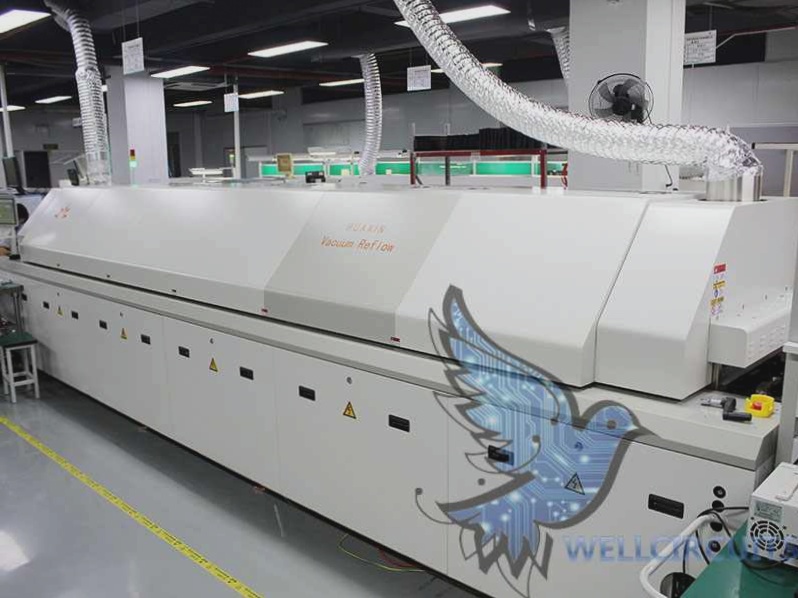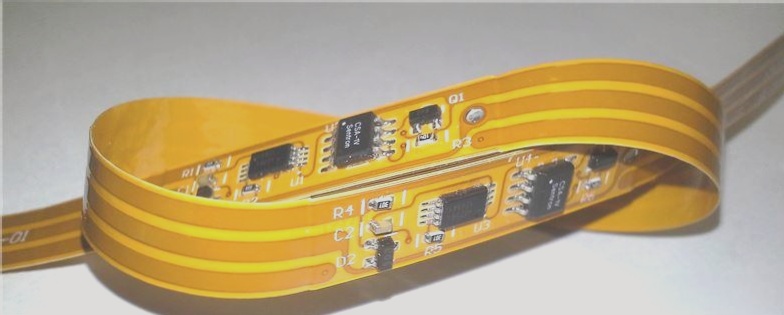The Importance of PCB Tin Penetration in PCBA Subcontracting
When it comes to PCB subcontracting and material processing, the selection of PCB through tin is a critical step, especially in through-hole plug-in processes. Inadequate tin penetration can result in issues like virtual soldering, tin cracking, and parts dropping. To ensure successful PCBA tin penetration, it is essential to understand the following key points:
1. Requirements for Tin Penetration in PCBA Contract Work and Materials:
- According to the IPC standard, through-hole solder joints should have a tin penetration rate of at least 75%. This means that during appearance inspection, the soldering on the panel surface should penetrate at least 75% of the aperture height (board thickness). PCBA through tin should ideally range from 75% to 100%. For plated through holes connected to heat dissipation layers, a tin penetration rate of over 50% is necessary.
2. Factors Affecting PCBA Tin Penetration:
- Materials: Tin’s ability to penetrate is influenced by the materials involved. While tin has strong permeability at high temperatures, not all metals on PCB boards and components can be easily welded. Metal surfaces with dense protective layers or oxide layers may hinder tin penetration. Flux treatment or gauze brushing is often employed to address this issue.
- Flux: Flux is crucial for removing surface oxides on PCBs and components, preventing re-oxidation during soldering. Choosing a high-quality flux with excellent activation and wetting properties is essential for optimal tin penetration.
- Wave Soldering: Parameters such as wave height, temperature, welding time, and speed directly impact PCBA tin penetration. Adjusting parameters like track angle, wave crest height, wave crest temperature, and conveyor belt speed can enhance tin penetration.
- Manual Welding: In manual soldering, inadequate temperature and short welding times can lead to poor tin penetration, causing virtual soldering issues and increased rework costs. Selective wave soldering is recommended for high PCBA penetration requirements and strict welding quality standards.




 العربية
العربية 简体中文
简体中文 Nederlands
Nederlands English
English Français
Français Deutsch
Deutsch Italiano
Italiano 日本語
日本語 한국어
한국어 Português
Português Русский
Русский Español
Español ไทย
ไทย